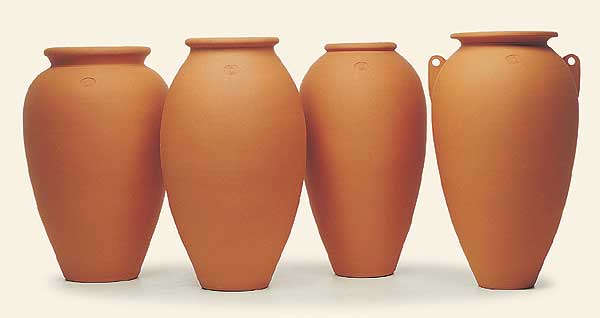Chances are, you’re looking at the image above and thinking, “yep, those are pots.” But there are several other uses for the word. In the late 20th century, for example, it was common to refer to volume knobs as potentiometers or “pots.” And of course we all know the recreational meaning of “pot” has little to do with ficus trees.
It’s a “retronym”
“POTS” is a retronym. OK, let me back up. A “retronym” is a new word you use to describe something old. Like, you used to call it a “TV” now you call the thing you had 20 years ago a “tube TV.” You used to call it a “phone” but now you all it a “land line phone.” See, a retronym is created when the world has changed in some way, and an old word now has a new meaning so you need a new word for the old meaning. (Jeez, it’s still confusing when I try to explain it. Better move on.)
POTS is an honest-to-gosh technical term that describes traditional landline telephone systems. I mean the old-school, bundle-of-copper-in-the-ground, land line phone system that your grandparents still have in their house, connected to a whole network of other wires. It’s that thing.
True POTS is getting harder to find
Phone systems, even landline systems, haven’t really been “POTS” for about a decade. AT&T rolled out the first fiber systems in the 1970s and slowly, fiber has been taking over the telephone switching systems. Today, your grandparents may still have a phone plugged into the wall but once it leaves their house it gets converted to a modern, internet-based system. It may look like POTS, and technically inside the home it is, but the world has moved away from POTS because it’s just too inefficient.
The way POTS used to work was, there actually were wires that came from your home and then went into a bundle and then into a bigger bundle. That bigger bundle went to a local switching facility. You probably have one of these in your city or town, it’s a windowless office building with the phone carrier’s logo on it. You probably drive past it 10 times a day.
But the point is, there was a direct, wired connection… a single pair of wires between you and the central office. Multiply that by the 20,000 or so homes served by the central office and that’s a LOT of copper. Remember that copper is expensive, and it’s hard to repair if a line gets cut.
That’s why practically all telephone systems in used today encode your telephone signal and put it over a network cable or strand of fiber. A single strand of fiber can carry a lot of conversations at the same time, it’s easier to repair and it’s a lot cheaper. When the fiber gets to the central office, the voice signals on it are put on the internet to reach other central offices. It’s a very complex system but it’s also very reliable. In fact, this is what the internet was designed to do.
So long, POTS
POTS is a thing of the past, and while it worked really well in the 20th century, it’s an outdated relic and it’s fine that it’s largely disappeared. The only part that’s still in use is the wiring in your home, which you probably don’t actually use personally. But when you call your grandma, it’s what she uses.
Oh, one more thing, and I am not making this up.
POTS stands for “Plain Old Telephone Service.”
This article is brought to you by Signal Connect. Does your office still use a POTS system for telephones? It’s time to upgrade. Call the experts at Signal Connect now! We’ll help you decide if a modern voice-over-IP (VOIP) system makes sense for you. VOIP systems install quickly, save money, and are much more flexible.
Does that sound good? Call us at 888-233-7563. We’ll walk you through all the options. We’re here to provide expert advice and top-notch customer service. You won’t find overseas call centers or script readers here. (Although, with a VOIP system you can add an extension anywhere on the planet.) You’ll find experts who know their craft and who are here to help.
Call 888-233-7563 or fill out the form below to learn more.

